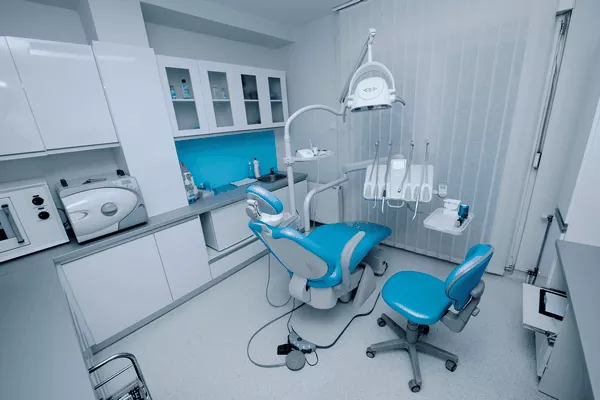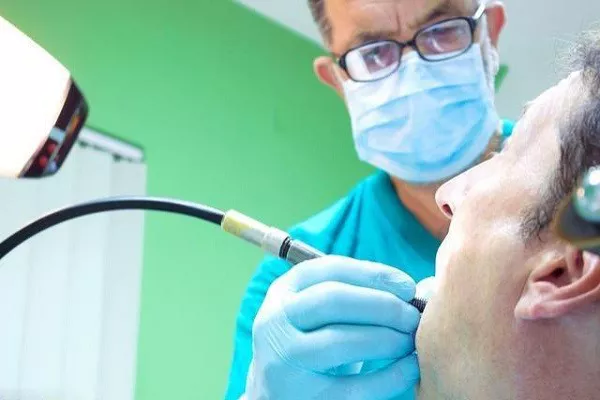If you have dental insurance, your plan may cover some or all of the cost of a filling. The amount of coverage will depend on your plan and the terms of your policy.
Many dental insurance plans cover a portion of the cost of fillings, typically around 80 percent of the cost. The patient is responsible for the remaining 20 percent, known as the co-pay. Some plans may also have an annual deductible that must be met before coverage kicks in.
The cost of a filling can also vary depending on the type of filling material used. Amalgam fillings, which are made of a mixture of metals, are typically less expensive than composite fillings, which are made of a tooth-colored resin material.
The location of the filling can also affect the cost. Fillings in the back teeth, where most of the chewing occurs, are subject to more wear and tear and may be more expensive than those in the front teeth.
If you have dental insurance, it is important to check with your provider to determine the extent of your coverage for fillings. Your dentist can also provide an estimate of the cost of the procedure based on the size and location of the filling.
In conclusion, the cost of a dental filling can vary depending on several factors, including the type of filling material used, the size of the filling, and the location of the tooth. Dental insurance may cover a portion of the cost, typically around 80 percent. Patients should check with their provider to determine the extent of their coverage for fillings. If you have any questions about the cost of a filling, talk to your dentist.
































